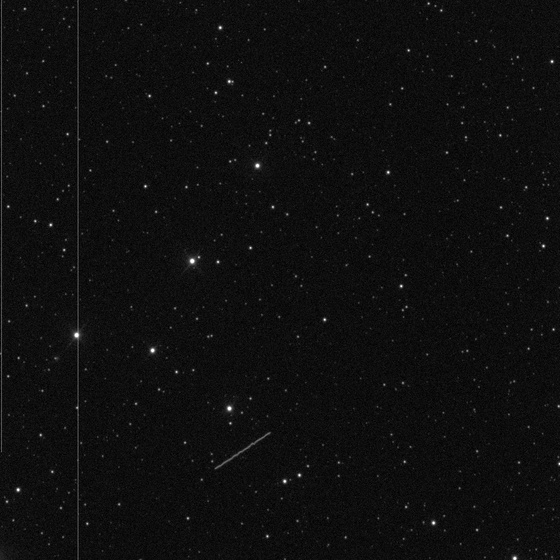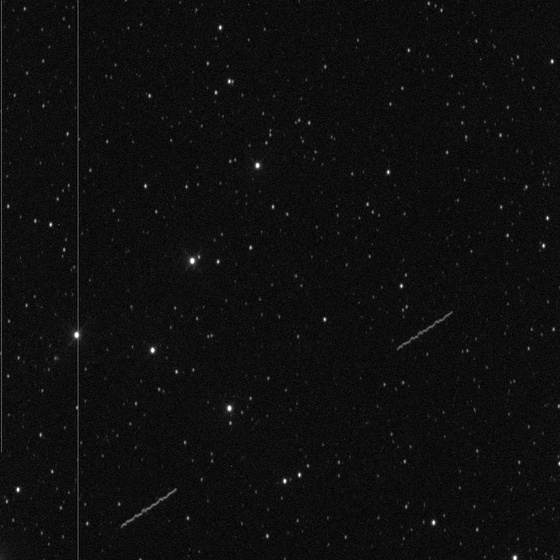-
Faulkes Telescope Project Privacy Policy
Exciting times for ESA’s ExoMars mission
Today is the day that ESA’s ExoMars mission lands a module on the surface of Mars. This exciting mission aims to investigate the question of whether life has ever existed on Mars and will do this in 2 ways:
 Firstly, the ‘Trace Gas Orbiter (TGO)’ which will orbit the red planet, will look for evidence of methane and other gases in the atmosphere which could be signatures of active geological or biological processes on the planet.
Firstly, the ‘Trace Gas Orbiter (TGO)’ which will orbit the red planet, will look for evidence of methane and other gases in the atmosphere which could be signatures of active geological or biological processes on the planet.
Secondly, the Schiaparelli entry, descent and landing module will land on the surface of Mars, collecting data as it travels through the planet’s atmosphere, and taking measurements of the electric field on the planet, as well as dust concentrations. Although only working only for a few days, the data collected by this module promises to bring scientists lots of data and increased knowledge for future missions.
The ESA ExoMars mission was launched in March 2016 and as this mission began its journey to Mars we at the FT Project, managed to observe the
spacecraft using the LCO telescopes. Pointing these telescopes at a fast moving rocket only a few hours after launch was extremely difficult, but working together with ESA (who provided coordinate predictions), we managed to catch a rare glimpse of a spacecraft early in its journey.

The streaks in these pictures are the rocket and the spacecraft, which separated during the journey to the red planet. The images were taken from Siding Spring using the LCO 1-meter telescope. Each exposure is only 5s in duration taken at 17:26 UTC on 14 March 2016. ExoMars was moving very fast which is why the rocket booster and space craft appear as streaks. The original data can be downloaded from LCO’s Public Observations site.
To read more about the ExoMars mission, click here.
Posted in News
